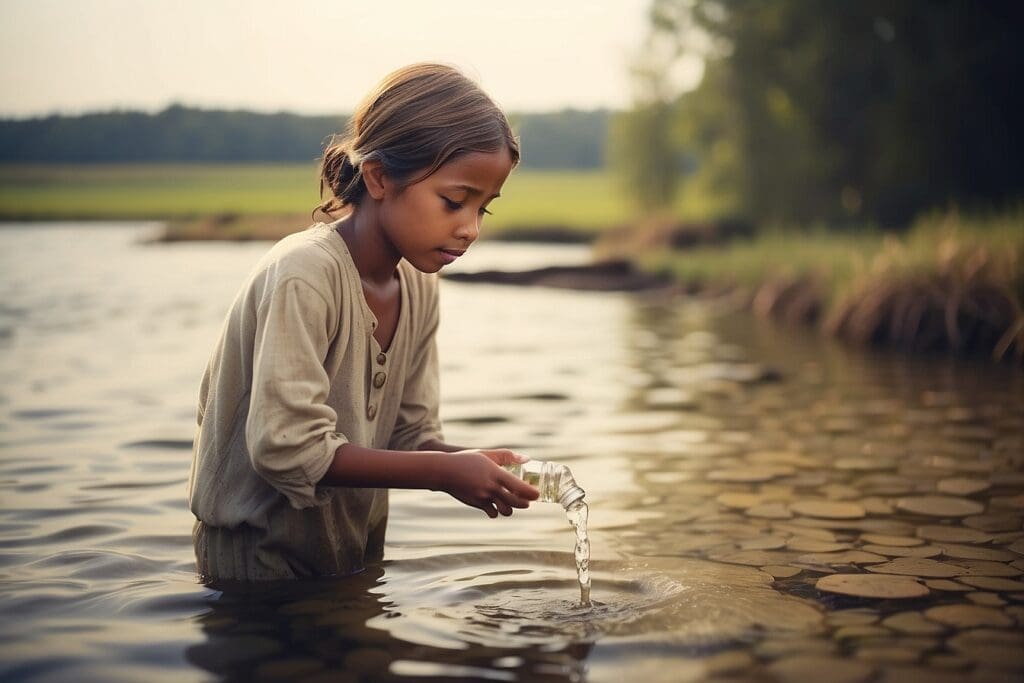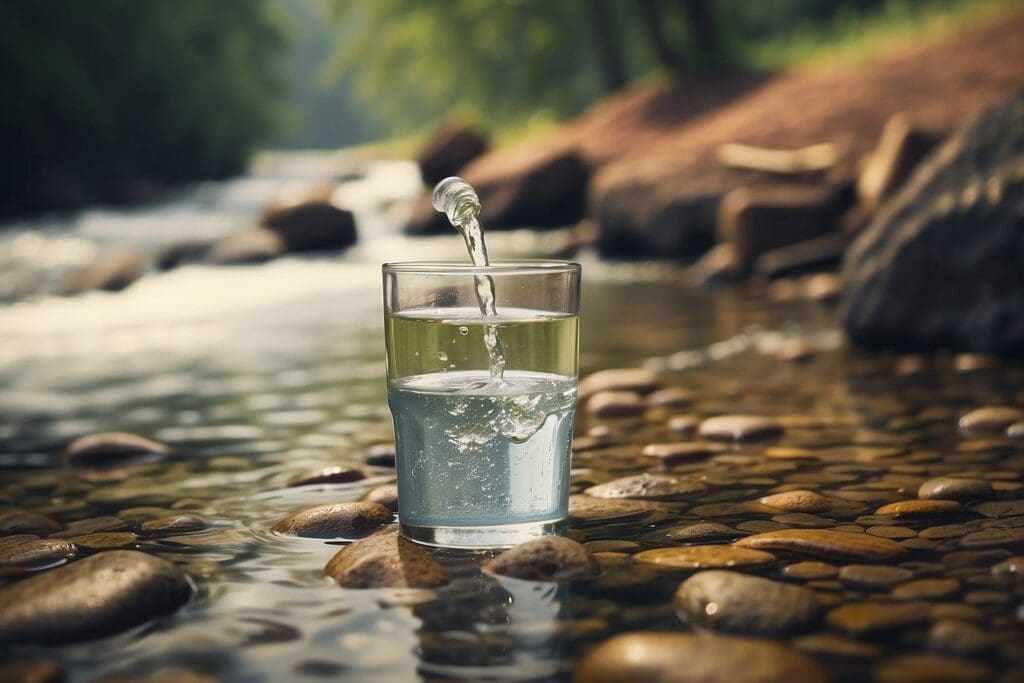Is our drinking water safe? Clean, fresh drinking water is something that we take for granted. Because it is necessary for human life, it should be considered a right, not a privilege. However, more and more studies show that many households in the U.S. are drinking water that is actually filled with contaminates, chemicals, and harmful waste. The clean water we drink is connected to an entire system of small streams, woodland vernal pools, rivers, lakes, and coastal waters that are subject to contamination from industry, agriculture, and irresponsible dumping. Our water systems are supposedly protected, but because they are subjected to unregulated pollution, households are paying the price for this by drinking unhealthy water.

The strongest water protection regulations in the United States include the Clean Water Act and the Safe Drinking Water Act. In the 1960s and early 1970s, our water systems were in dire need of protection. The Clean Water Act (CWA) was passed in 1972 to, “employ a variety of regulatory and nonregulatory tools to sharply reduce direct pollutant discharges into waterways, finance municipal wastewater treatment facilities, and manage polluted runoff.”1 Along with the CWA, The Safe Drinking Water Act (SDWA) was passed to further protect public health by regulating the nation’s drinking water supply. The SWDA has been amended to “authorize the United States Environmental Protection Agency (US EPA) to set national health-based standards for drinking water to protect against both naturally-occurring and man-made contaminants that may be found in drinking water. US EPA, states, and water systems then work together to make sure that these standards are met.”2 The SWDA sets a priority on contaminates including arsenic, lead, copper, radon, microbials & disinfection byproducts, MTBE, and radionuclides. Aside from these high-priority contaminates, the SWDA also regulates improperly disposed of chemicals, animal wastes, pesticides, human wastes, and wastes injected deep underground. Many of these contaminates are recognized through source water protection, operator training, funding for water system improvements, and public information.3 Unfortunately, progress for these protections has been hindered due to unregulated water violations and a misunderstanding of what waters qualify as protected.
The question remains: What is the actual state of our drinking water? The New York Times recently released a report called, “Toxic Waters: Clean Water Laws Are Neglected, at a Cost in Suffering,” surveying over 250 state and federal regulators, water-system managers, environmental advocates and scientists on the toxicity of our drinking water.4 Some of their findings included:
• “In the last five years alone, chemical factories, manufacturing plants and other workplaces have violated water pollution laws more than half a million times. The violations range from failing to report emissions to dumping toxins at concentrations regulators say might contribute to cancer, birth defects and other illnesses.”
• “An estimated one in 10 Americans have been exposed to drinking water that contains dangerous chemicals or fails to meet a federal health benchmark in other ways.”
• “An estimated 19.5 million Americans fall ill each year from drinking water contaminated with parasites, bacteria or viruses, according to a study published last year in the scientific journal Reviews of Environmental Contamination and Toxicology.”
• “The Times’s research also shows that last year, 40 percent of the nation’s community water systems violated the Safe Drinking Water Act at least once, according to an analysis of E.P.A. data. Those violations ranged from failing to maintain proper paperwork to allowing carcinogens into tap water. More than 23 million people received drinking water from municipal systems that violated a health-based standard.”
The NY Times article also provides personal accounts of contamination, including a story in Charleston, West Virginia, where a family describes, “Her youngest son has scabs on his arms, legs and chest where the bathwater — polluted with lead, nickel and other heavy metals — caused painful rashes. Many of his brother’s teeth were capped to replace enamel that was eaten away.”5 Sadly, these stories are not specific to Charleston, W.Va., and violations to water regulations are occurring in all 50 states across the country.
What is the future of our drinking water? The extreme violations to the SWDA could be a result of a variety of different things. Some would argue that it is the confusing language of the Clean Water Act, and the weakening of enforcement in the last 8 years. Some may say that it is a lack of funding, or that personnel lack proper training and ability to administer fines and deter major polluters. While others may argue that the CWA and the SWDA are just not strong enough. Regardless of the cause, it is important for every household to be aware of their water source and supplier and for every individual to encourage strong water protections in our country. Below are some resources to guide you:
• Find water polluters near you. Search by state, city or zip code: http://projects.nytimes.com/toxic-waters/polluters.
• Learn more about the safety of your drinking water.
o Safe Drinking Water Hotline: 1-800-426-4791 or www.epa.gov/safewater.
• Learn more about the Clean Water Act: http://www.epa.gov/watertrain/cwa/.
• Learn more about the Safe Water Drinking Act: http://www.epa.gov/OGWDW/sdwa/.
To read more information about the state of our nation’s waters, check out Greeniacs articles:
• Rivers in the United States: The State of our Waters: http://www.wordpress-837916-4114959.cloudwaysapps.com/GreeniacsArticles/Lakes-in-the-United-States-The-Status-of-our-Waters.html.





